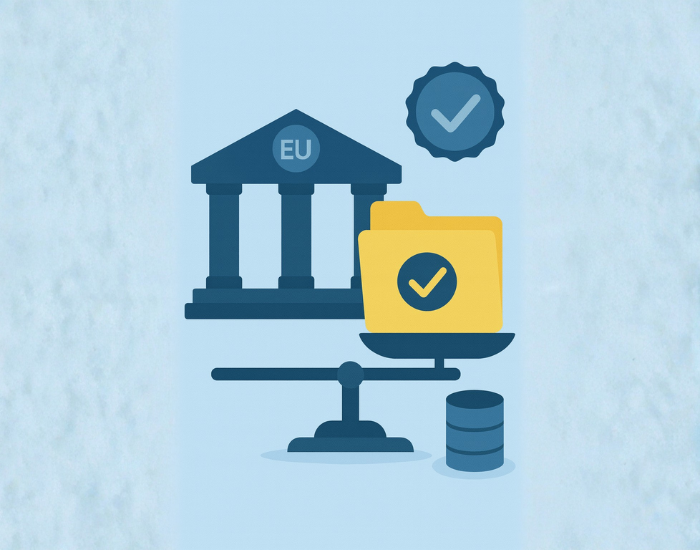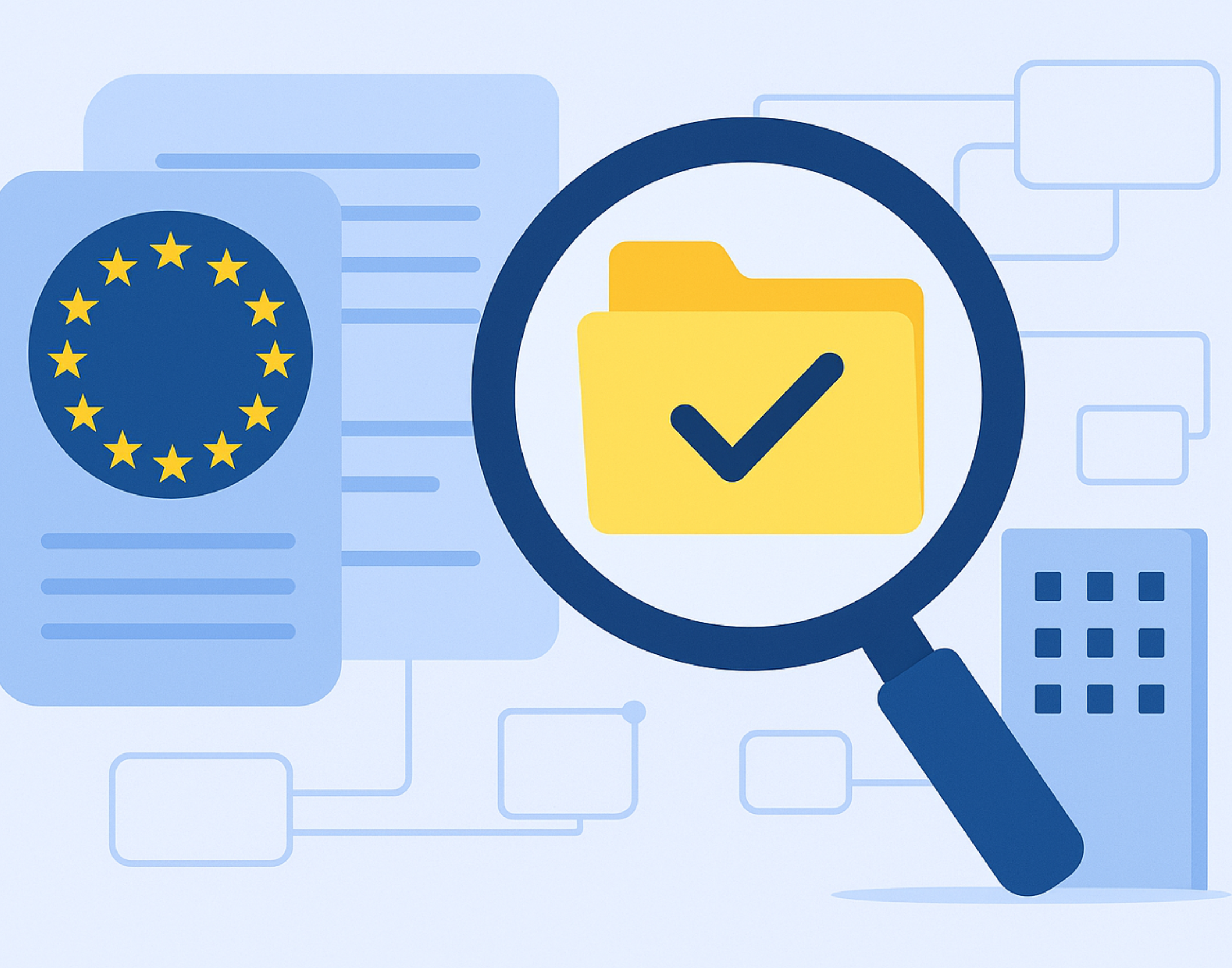For executives, this means that those who do not understand the EU regulatory landscape and navigate it proactively risk not only high fines but also competitive disadvantages. At the same time, compliance excellence opens up new market opportunities for well-prepared companies.
Key findings
- The EU regulatory landscape is evolving exponentially, with a focus on data protection, sustainability, and digital governance. Companies that leverage these developments as a strategic advantage are better positioned in the market than those that view compliance as a pure cost factor.
- An integrated approach to regulatory compliance requires not only technical solutions, but also organizational transformation. The days when compliance was purely a matter for the legal department are definitely over.
- The complexity of the various regulatory frameworks—from the GDPR to the Corporate Sustainability Reporting Directive (CSRD) to the AI Act—requires a holistic governance strategy that encompasses all areas of the company.
Understanding the current regulatory reality
The EU is constantly introducing or revising significant regulations that have a direct impact on businesses. This development shows no signs of slowing down – quite the contrary.
The General Data Protection Regulation (GDPR) was just the beginning. Since it came into force in 2018, EU authorities have imposed fines totaling over €4.5 billion as of May 2024. These figures make it clear that compliance is not an option, but rather critical to business.
Understanding new waves of regulation
The Digital Services Act (DSA) and the Digital Markets Act (DMA) have fundamentally changed the rules of the game for digital business models. Companies must now implement more transparent algorithms, better complaint mechanisms, and stricter content moderation.
At the same time, the Corporate Sustainability Reporting Directive (CSRD) has introduced extended reporting requirements since 2024. Companies with more than 500 employees must submit detailed ESG reports in accordance with uniform standards.
Mastering strategic challenges
Developing data governance as a core competency
Modern companies generate terabytes of data every day. However, these volumes of data not only bring opportunities, but also regulatory complexity. The varying requirements of different EU regulations on data handling necessitate a well-thought-out governance strategy.
The GDPR requires data protection by design, while other regulations such as the Network and Information Systems Directive (NIS2) emphasize cybersecurity aspects. Reconciling these different requirements requires an integrated approach.
Driving organizational transformation
Successful compliance begins with the right organizational structure. Companies must establish cross-functional teams that bring together legal, IT, operations, and business development.
The implementation of an enterprise risk management system that systematically records and assesses regulatory risks is becoming a basic requirement. This is not just a matter of avoiding fines, but of creating sustainable competitive advantages.
Using technology as an enabler
RegTech solutions can help automate and scale compliance processes. From automated GDPR documentation to AI-powered risk assessment, the right tools can make the difference between reactive and proactive compliance.
Practical implementation strategies
- Create regulatory mapping
Start by systematically recording all regulations relevant to your business model. Create a matrix showing which regulations affect which areas of the business and how they overlap.
- Establish governance structures
Implement clear responsibilities and escalation paths. Each regulation should have a clear owner who is responsible for implementation and continuous monitoring.
- Establish continuous monitoring
Regulations are constantly changing. Establish processes to systematically track regulatory updates and assess their impact on your business.
- Create training and awareness
Compliance is only as strong as the weakest link in the chain. Invest in comprehensive training programs that reach all employees and are regularly updated.
Shaping the future proactively
The EU regulatory landscape will become even more complex in the coming years. The AI Act, expanded cybersecurity requirements, and new sustainability regulations are already in the starting blocks.
Companies that lay the foundations for a robust compliance infrastructure today will be tomorrow’s winners. It is no longer a question of whether new regulations will be introduced, but how quickly and effectively you can adapt.
The strategic perspective: compliance as a competitive advantage
The most successful companies view regulatory compliance not as a cost factor, but as a strategic differentiator. They use their compliance excellence to:
- Building trust with customers and partners
- Tapping into new markets where high compliance standards are required
- Demonstrate operational excellence
- Proactively managing risks and thereby reducing costs
Frequently asked questions
How can my company keep track of all relevant EU regulations?
Establish a systematic regulatory monitoring system. Use official EU sources such as EUR-Lex and the websites of the relevant EU authorities. Implement processes to automatically track updates and assess their relevance to your business.
What are the typical costs of EU compliance?
The costs vary greatly depending on the size and complexity of the company. However, it is important to note that the costs of non-compliance are usually significantly higher than a forward-looking investment.
Should we seek external advice for compliance projects?
External expertise can be valuable for complex regulations or when internal resources are limited. However, it is important that you simultaneously build up internal expertise in order to become independent in the long term.
How can we ensure that our compliance measures scale as our business grows?
Invest in scalable processes and technologies from the outset. Automation and systematic documentation are key to sustainable compliance success. Incorporate compliance requirements into your business strategy from the outset.
How do we measure the success of our compliance efforts?
Develop measurable KPIs such as the number of compliance incidents, time to implement new regulations, or internal audit results. It is also important to measure the business impact: How does compliance contribute to customer satisfaction and business success?



